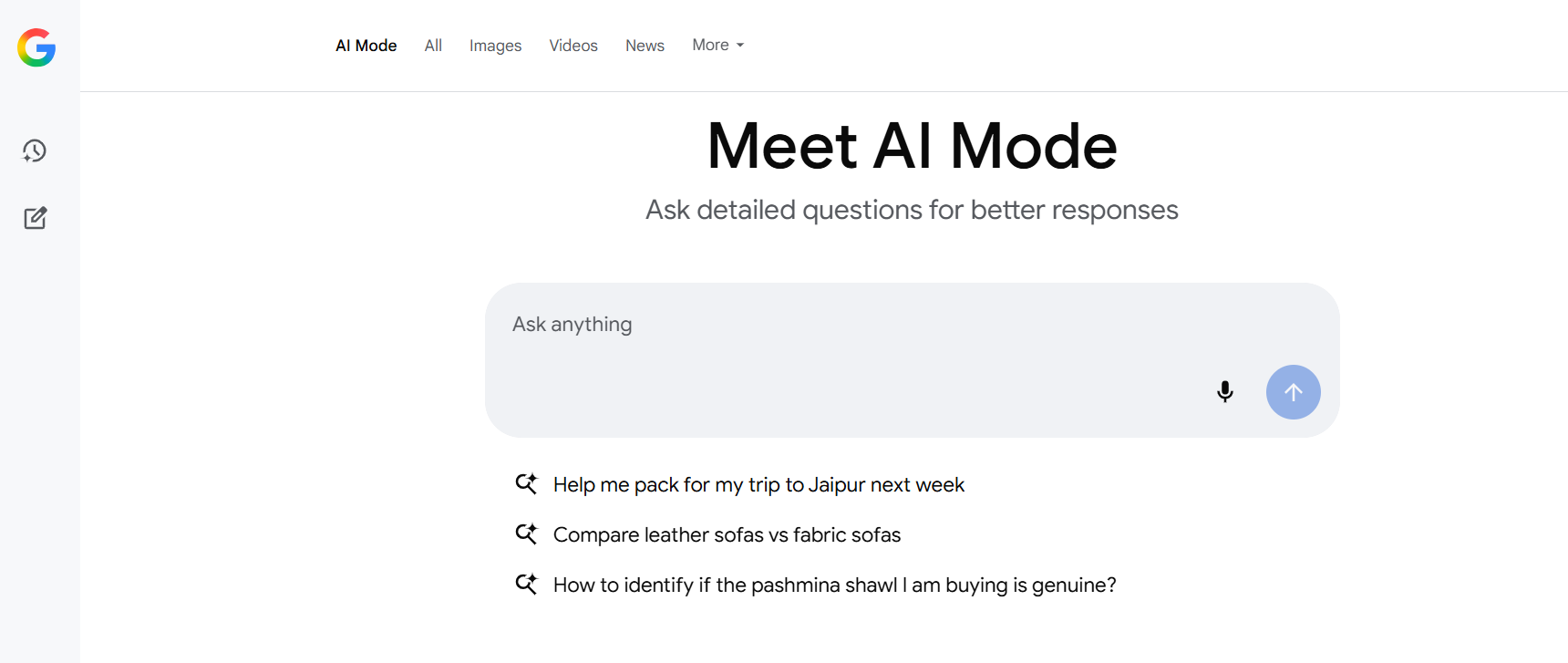July 10, 2008 was a landmark date as it is the day the IPhone App Store opened up, also opening with it a projected 76 billion dollar industry in 2017. While analyzing mobile performance, mobile app developers have a tendency to look at the best possible ways to optimize their apps for different devices and different browsers. However, there is a greater need to look at it from an end-users perspective as the things they look at are mobile app download time, page load speed, image quality, security, interface and an overall user experience. When you are looking at app performance, you have to take into consideration both the front-end experience (user-end) and the back-end experience which indirectly influences the user experience.
#1- App Response Time
An acceptable ART is usually in the 2-3 second range. If your app doesn’t perform at this level, it is highly likely your customers will move on to something better. There are certain changes you can incorporate to ensure your apps respond at optimum capacity.
- Including fewer unique objects on your page which will lead to fewer HTTP requests
- Fewer URL redirects
- Eliminate components like Flash
- Reduce the cookie size
#2- Screens/Page Rendering
Rendering is an important component for high performance. Any type of content, images or animations that are developed for a desktop screen without being optimized for mobile screens will reduce the quality of rendering. You may need to consider the following points:
- The quality of your screen rendering in different screen sizes and different operating systems
- The adjustment of your web page to the width of a mobile screen
- Consistency in font sizes
- How often do users have to zoom in and out to read the content on your screen
- Have the images been optimized in order to be properly displayed on a mobile device
#3- App Crashing
This is a very essential component of your performance measurement and also decides how long your user will stick with you. Every user does experience a crash at some point but the typical crash rate is about 1-2%. Analyzing how often your application crashes and what percentage of your users have experienced a crash is a good place to start.

#4- API Latency
Latency refers to the turnaround time from a request to a response. An ideal turnaround time usually measures to around 1 second. There are several factors which could delay your response time such as a lack of adequate server resources, an overloaded server and most importantly, something which you cannot not do much about is the speed of the network connection.
How can one get access to performance metrics?
The App Stores(ITunes and Google Play) do provide metrics but only crash data monitoring and are not real-time enough for any kind of trouble-shooting to be possible. There are a few free vendor tools available as well but they provide extremely basic crash reporting capabilities. It is advisable to look for a complete set of metrics which cover all components ranging from crashes to server response times to API latencies, in order to effectively resolve all user- centric issues.

 Web and Full Stack
Web and Full Stack CMS and Frameworks
CMS and Frameworks Online Marketing
Online Marketing Cloud Services
Cloud Services ECommerce
ECommerce Mobile
Mobile



